HAO News
HAO News
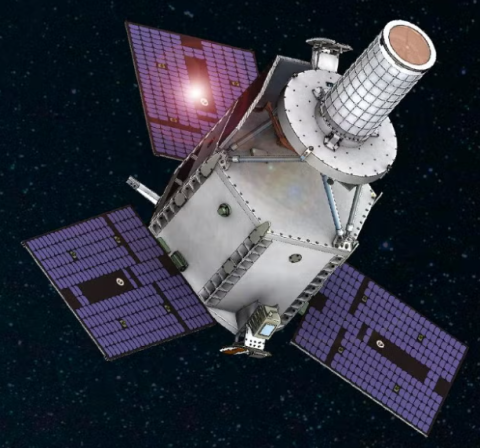
NASA selects NSF NCAR Heliophysics Mission for Continued Development
NASA has selected the Chromospheric Magnetism Explorer (CMEx) for an extended period of concept development. The $150 million mission would fill a critical solar observational gap, generating information on conditions that lead to solar eruptions, advancing our knowledge of the solar magnetic field, and improving space weather modeling capabilities. It would also be the first Explorer-sized spacecraft mission ever led by NSF NCAR.
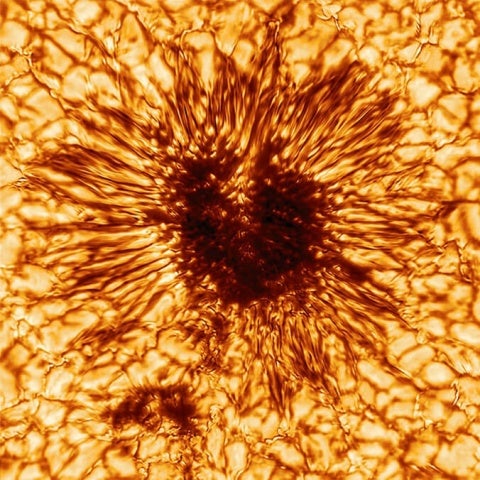
New AI Based Methods for 3D Reconstruction of the Solar Photosphere
In a collaborative effort researchers at the University of Hawaii Institute for Astronomy (IfA), the NSF funded National Solar Observatory and NSF NCAR’s High Altitude Observatory developed a new artificial intelligence based method to reconstruct the magnetic field in the solar atmosphere.
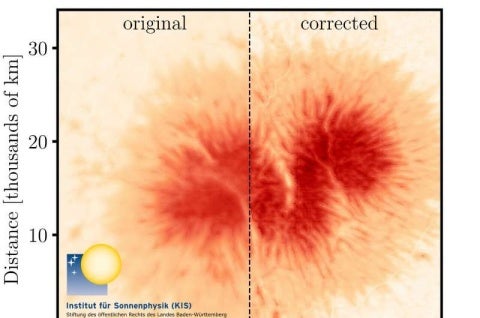
International & European news agencies feature Sunspot research
The journal Astronomy & Astrophysics recently published a study on the development of a new method for analyzing the stability of sunspots. As part of this study, an international team—led by scientists from Germany in collaboration with colleagues from Sweden, the U.S. and Spain—applied this new method to observations with the German GREGOR solar telescope.
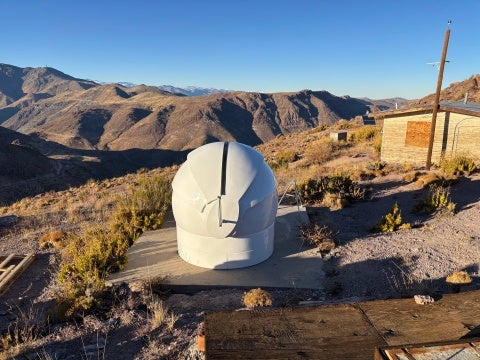
Shedding light on the source of solar storms
Solar storms that fling magnetism across the solar system can knock out satellites, power grids, communication and navigation systems, and endanger astronauts in space. Scientists can observe these phenomena, called coronal mass ejections (CMEs), as they happen, but it’s difficult to predict when they will strike. The Coronal Solar Magnetism Observatory (COSMO) could change that.
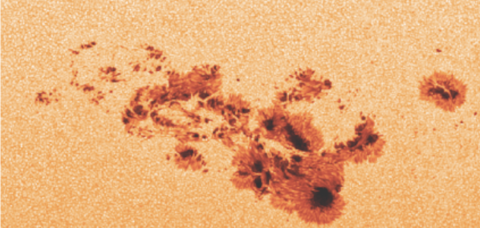
HAO research featured on AAS Nova
AAS Nova Editor and Deputy Press Officer thanks Mausumi Dikpati for her recent publication titled Mother’s Day Superstorms: Pre- and Post-Storm Evolutionary Patterns of ARs 13664/8. AAS Nova is highlighting Mausumi's Mother’s Day Superstorm image on their website.
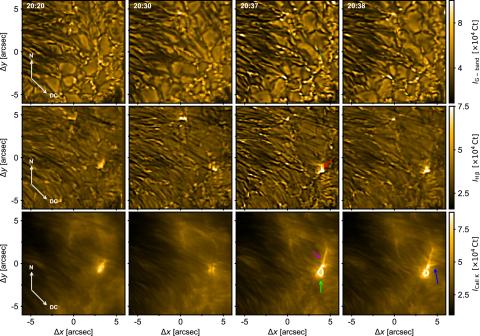
Scientists at NSF and NSF NCAR capture extremely detailed view of a microflare
NSF UCAR highlights new research that uses unparalleled data from the National Science Foundation (NSF) Daniel K. Inouye Solar Telescope (DKIST). HAO's Robert Jarolim is one of the authors.
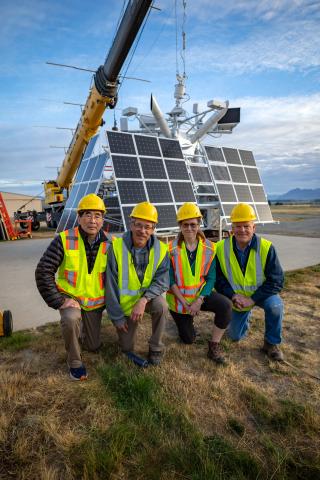
HAO's HiWind Balloon has Launched
Yesterday, the weather conditions in Wanaka, NZ proved favorable for a successful HiWind (SN11) launch. The HAO staff received this news with great jubilation. We are proud and grateful for your achievement!
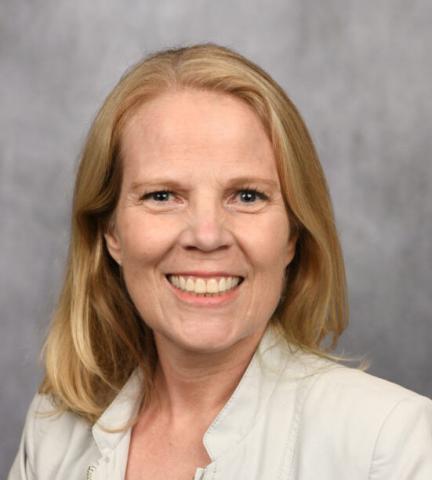
Holly Gilbert awarded the 2025 Irene González Hernández Prize
HAO is proud to announce that our director, Holly Gilbert, is the recipient of the 2025 Irene González Hernández Prize. As quoted from the SPD website announcement..."The Irene González Hernández Prize, established in 2024, celebrates mid-career scientists for transformative contributions to solar research, leadership, and community service." Congratulations Holly!
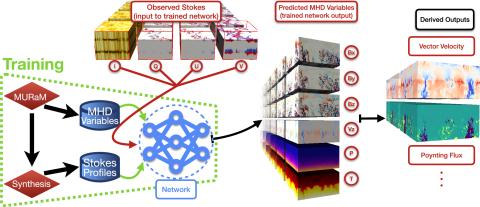
Cutting-edge SPIn4D project combines AI and Astronomy
Matthias Rempel, et al. combine cutting-edge solar astronomy with advanced computer science to analyze data from the world’s largest ground-based solar telescope located atop Haleakalā, Maui. See featured story from the University of Hawaiʻi News. The team’s research recently published in Astrophysical Journal focuses on their development of deep learning models that rapidly analyze vast amounts of data from the U.S. National Science Foundation (NSF) Daniel K. Inouye Solar Telescope.